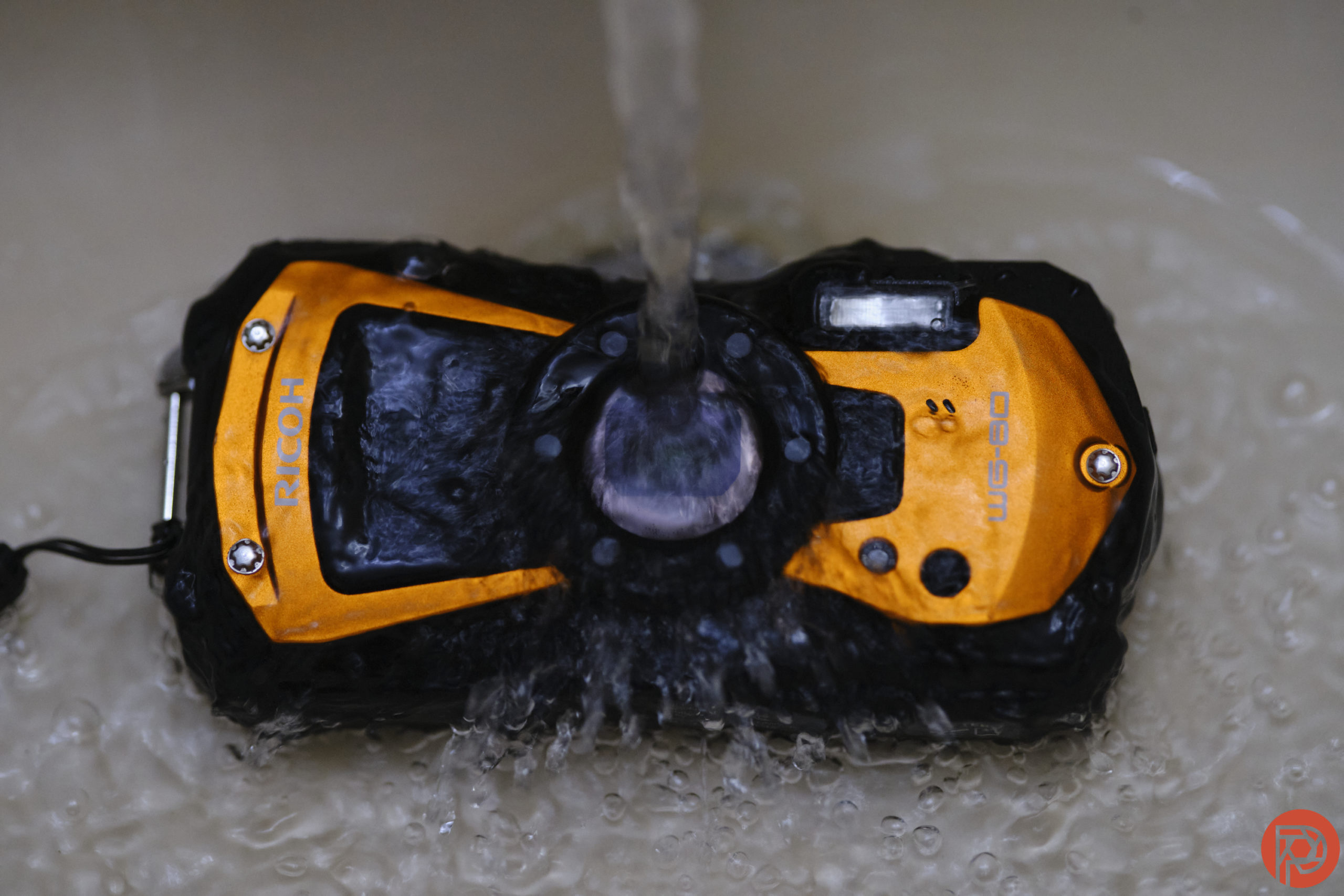If there’s a reason to buy a basic point-and-shoot camera in 2022, it’s to take it places a smartphone can’t go. The Ricoh WG-80 is among the more affordable options at $330, yet it can dive more than 45 feet underwater and handle five-foot drops. Its macro capabilities can make a dime look large. And it’s also one of the few cameras with a built-in constant ring light for macro and video.
We hate banner ads too. Download our app for iOS, iPad, and Android and get no banner ads for $24.99/year.
A name like Ricoh can make the WG-80 look more serious than the toy $100 waterproof cameras out there. But, a few key missing features make this camera feel more like a gimmick than a serious photography tool. Slow speeds and a lack of stabilization are holding this camera back, though it’s at least priced accordingly.
Table of Contents
The Big Picture
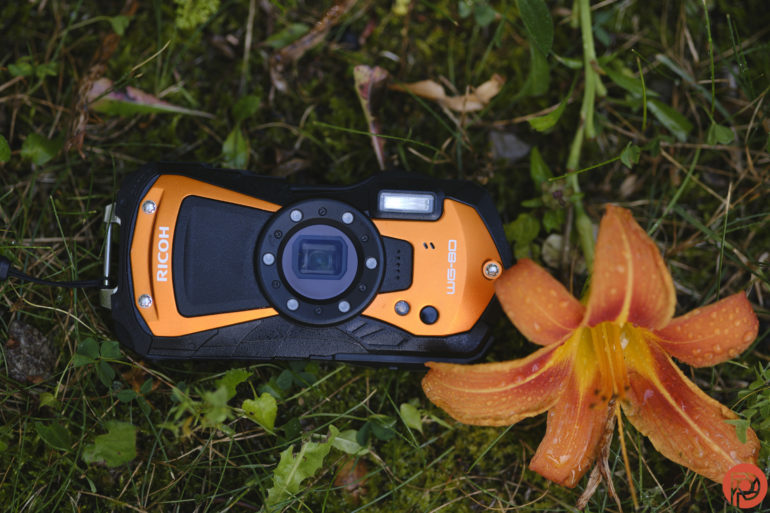
At $330, the Ricoh WG-80 begs the question, “Can you get a good brand new camera for just a few hundred dollars?” The answer: that depends on your definition of good. Outdoor photos from the Ricoh WG-80 are colorful and ready to share, with a quality similar to a mid-level smartphone.
But, indoors and with fast-moving subjects, even a mid-level smartphone will get better results. The Ricoh WG-80 only has a 1 fps burst at full resolution, making action photography difficult. That’s the biggest disappointment to me since the rugged build would, in theory, be great for photographing skiers, water skiers, and other water-filled, drop-likely action. In limited light, images get grainy pretty fast.
The price does affect these shortcomings. If you go into the purchase expecting slow speeds and indoor photos that are worse than a smartphone and just want to take a few underwater snapshots, it’s okay. However, I think most will be better off waiting to save an extra $150 and picking up the Olympus TG-6, which is faster with a brighter lens and better image quality in low light. Even the Fujifilm XP140, for only $70 more, has image stabilization and a 15 fps burst. The $330 price may be tempting for those just picking it up for one snorkeling trip, but renting the TG-6 (currently $40 for one week from LensRentals) may be the better choice, or even investing that money into an underwater camera housing for your current smartphone instead.

I’m giving the Ricoh WG-80 two out of five stars. You can pick one up at Amazon.
Pros
- Affordable
- Durable waterproof design
- Great macro capabilities
- Built-in macro ring light
Cons
- No RAW shooting or manual mode
- 1 fps burst mode is super slow.
- Images are a soft
- Indoor and low light quality is poor.
- No optical stabilization
Gear Used
I used the Ricoh WG-80 (on loan) with the Wandrd Neck Strap (not pictured, given to us for keeps a while ago).
Innovations
The Ricoh WG-80 is a durable compact. But, what sets it apart from similar cameras is the lower price and the inclusion of LED lights around the lens. These lights are constant, which means they can be used for video, and the position surrounding the lens also works for macro. Similar cameras, like the Olympus TG-6, have an adapter to turn the flash to a ring flash but don’t have the constant lights built in.
Ergonomics
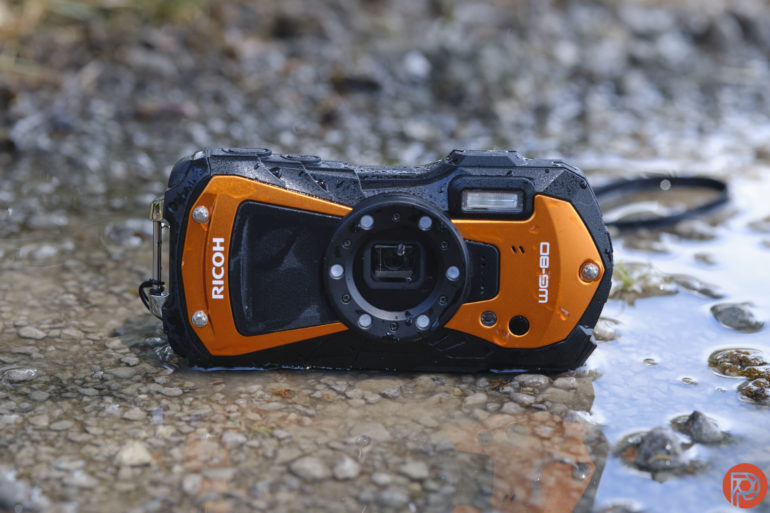
The Ricoh WG-80 is a compact camera that fits in a pocket. It’s just 1.2 inches deep and weighs only .4 pounds. The small size allows it to go anywhere a smartphone will go, while the waterproofing takes it even more places than a smartphone should go.
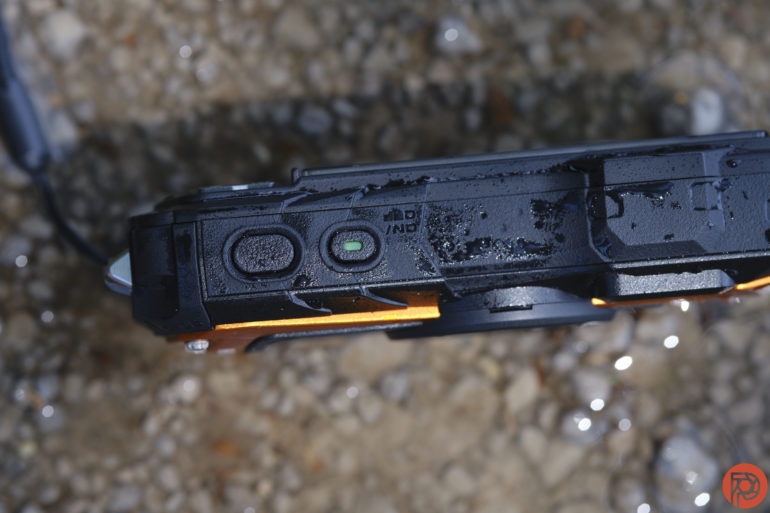
The point-and-shoot has a simple, straightforward design. That’s because it’s a basic camera and because the controls need to be easy to access underwater or while skiing with gloves on. The top has only an on-off button and the shutter release.
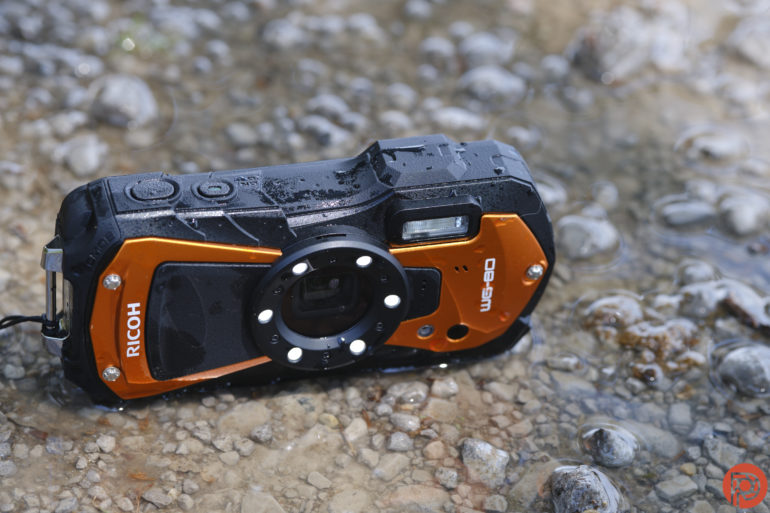
The front has a built-in flash and constant LED ring lights around the lens.
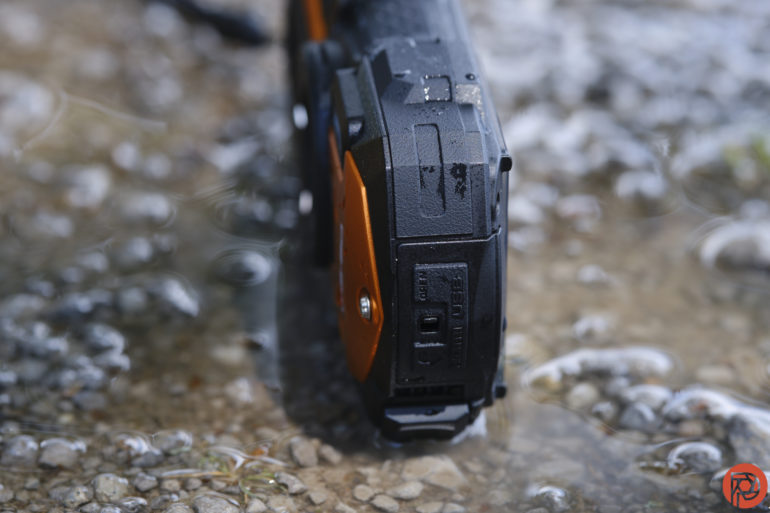
The HDMI and USB connection is on one end, with a metal loop for attaching a strap on the opposite side.
A watertight compartment on the bottom houses the battery and SD card, with a tripod mount off to one side.
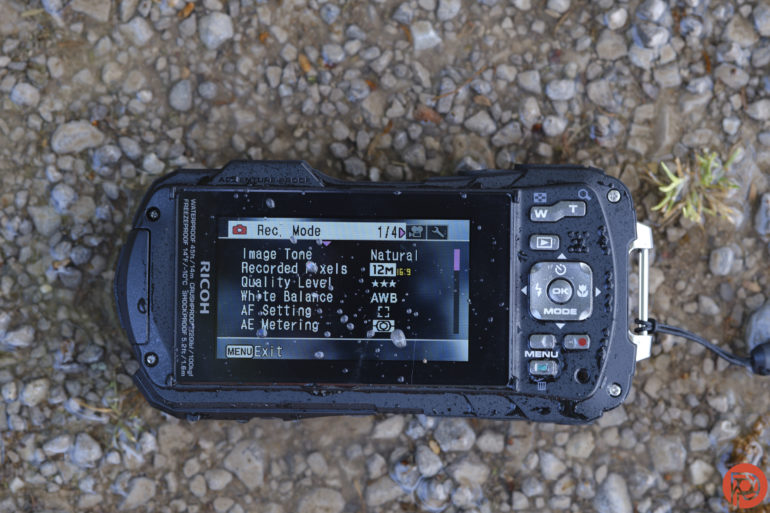
The back houses most of the controls, next to a 2.7-inch screen that isn’t touch-enabled. There are buttons to zoom, view the photos, switch the release mode, macro mode, flash mode, general mode, and menu buttons. There are no dials or switches; everything is a button.
Build Quality
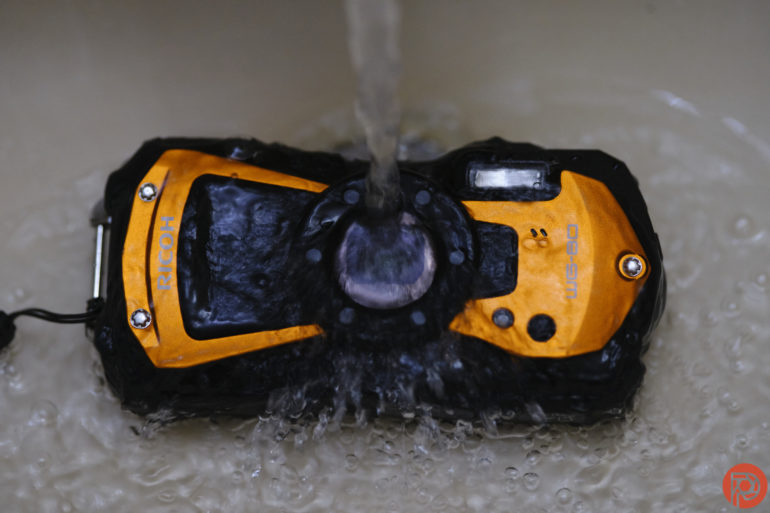
Build quality is the star of the show here. The Ricoh WG-80 is waterproof, rated to 45.9 feet, crushproof to 220 lbf, and shockproof to 5.2-foot drops. I took this camera swimming, to a splash pad, and kayaking. While I didn’t dive to 45 feet, I had no issues with water or sand during my review.
After handling the WG-80 not carefully, the only thing that suffered was the screen. There are a few small scratches on it, so you may want a protective sleeve before slipping it into a pocket.
Build quality is the reason to consider buying this camera. It will go places a smartphone can’t. Being able to shoot photos underwater is incredibly fun.
Focusing and Burst Speed
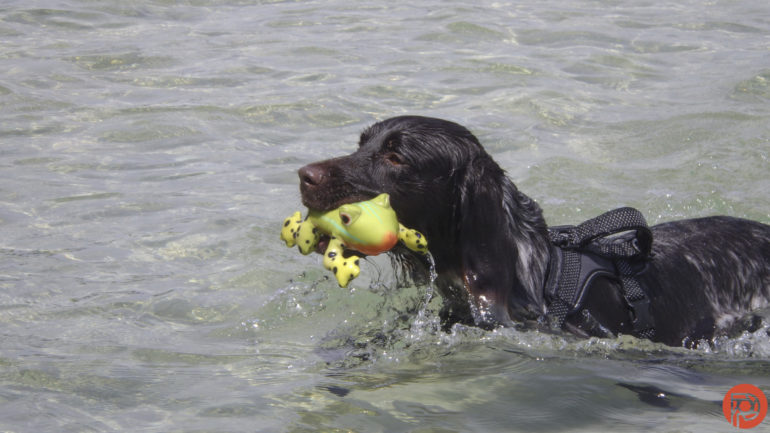
The Ricoh WG-80 is so slow that it doesn’t even have a burst speed listed in the specifications. Ignoring the high-speed option that reduces the pixel count to four or five, I timed the camera at about one photo every 1.25 seconds. I’ll be generous and call it 1 fps.
I don’t expect a cheap camera to be fast. But even 5 fps would have been nice for taking this camera on the ski slopes or getting more than one underwater action shot.
With the slow speed in mind, the autofocus can typically keep up. I did get some occasional soft photos. And while images felt a little soft overall, most shots were in focus.
Ease of Use
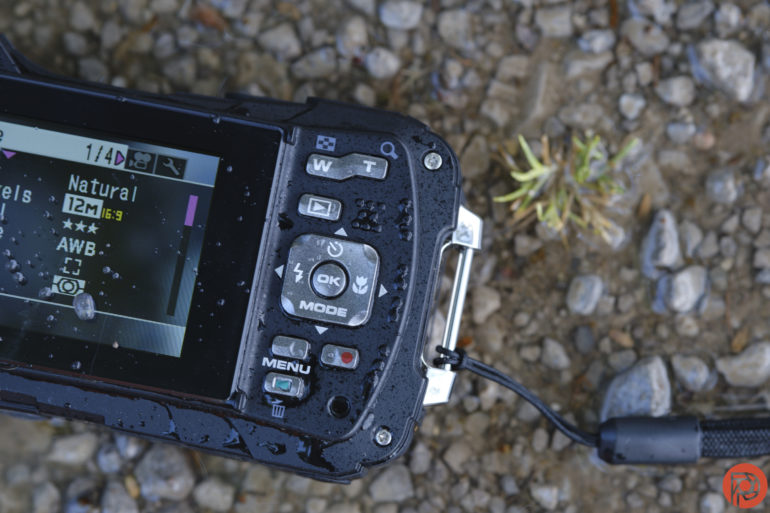
The Ricoh WG-80 is straightforward and easy for even non-photographers to use. In fact, it’s simple enough for kids to use; my two-year-old even used it. The camera has a handful of auto and scene modes. It has a P mode for a little more control but lacks any other manual controls. It also doesn’t record RAW files, only JPEGs. The limited number of settings also means that finding things in the menu is simple because the menu is so small.
While the camera is simple enough that even a kid could use it, photographers looking for something to take places they can’t take their mirrorless camera will find it a bit lacking. While the controls are easy for non-photographers, the limited manual options and lack of RAW images make it difficult for photographers to be able to make adjustments. Pricier waterproof compacts, like the Olympus TG-6, have more advanced controls.
The most difficult part of using the WG-80 is getting an accurate exposure using just the LCD screen. In bright sun, it’s difficult to tell if the exposure needs to be adjusted (which is only possible in P mode using exposure compensation).
Metering
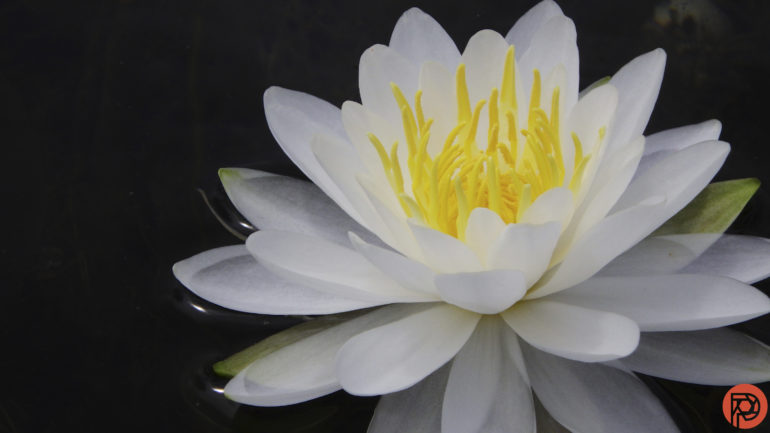
The Ricoh WG-80 tended to occasionally overexpose, or make the image too bright, above the water. But, the LCD screen is difficult to see in bright sunlight, so sometimes I intentionally darkened the image only to wind up with an image that was too dark. Typically, when shooting with light-colored surroundings, like beach sand or cement, you may need to darken the image a bit using P mode and the exposure compensation option inside the menu.
Image Quality
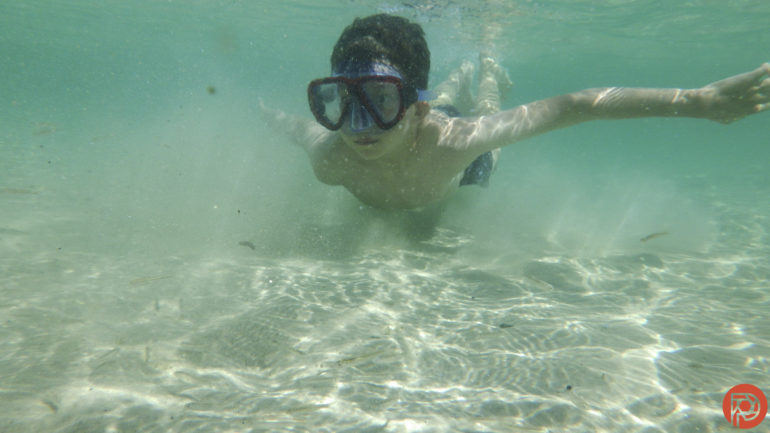
Outdoors, the Ricoh WG-80 delivers images on par with a decent smartphone, only 10 times more fun because a smartphone can’t go underwater. The color is good. Subjects are a bit soft, but the sharpness is good enough to share on social media.
However, that changes quickly when the lighting isn’t as good, like indoors. Images get noisy fast. Even ISO 125 felt a bit grainy on the default settings the camera ships with, including leaving the JPEG quality on medium. Photos were sharper and with a bit less noise at high-quality settings. But, I still wouldn’t take it over ISO 800. A smartphone can do a better job indoors and with fast action.
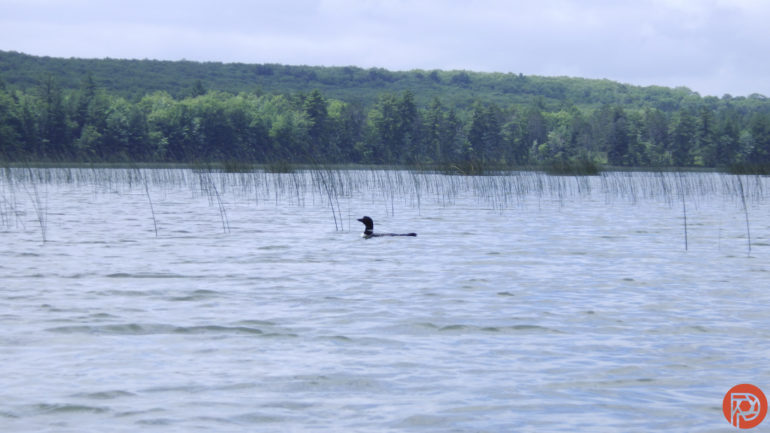
The quality at the long end of that 5x zoom is also poor. Images are more muddled using the zoom, even with the digital zoom off.
JPEG Quality
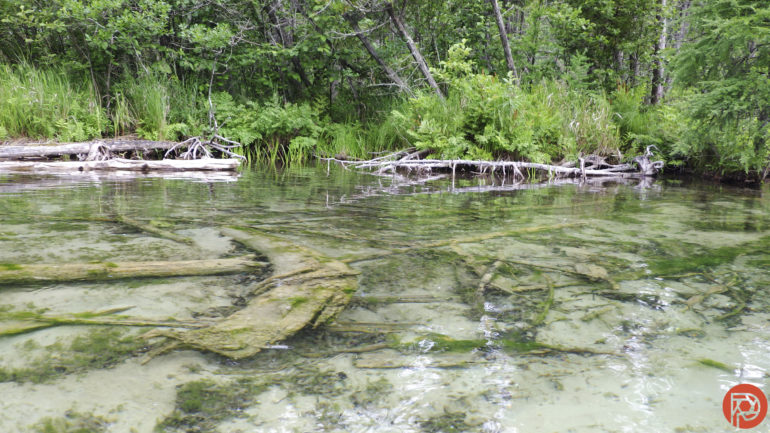
If you buy the WG-80, you first should go into the menu and increase the quality setting to three stars instead of two. It’s slightly slower, with a delay between single shots. But, the images are a bit sharper with a bit less noise. The JPEGs are ready for social media but don’t print them large. They aren’t quite as sharp, and there’s a bit of noise even with low ISO settings.
High ISO Output
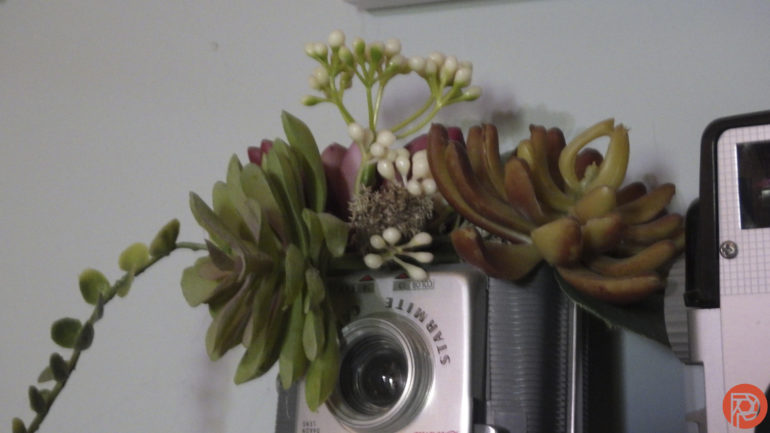
Images get really noisy quickly; this isn’t a camera to take indoors. In fact, the ISO only goes up to 1600. If you use it indoors, without image stabilization and with an ISO that only goes to 1600, it’s hard to get a sharp shot. However, 40 feet underwater will also be pretty dark, so deep underwater images will also take on some obvious noise and camera shake. I’d keep the ISO settings under 800 because quality is very poor, but that severely limits what you can shoot with this camera.
Extra Image Samples
From day one, The Phoblographer has been huge on transparency with our audience. Nothing from this review is sponsored. Further, lots of folks will post reviews and show lots of editing in the photos. The problem then becomes that anyone and everyone can do the same thing. They’re not showing what the camera can do. Since the Ricoh WG-80 doesn’t have RAW files, we only include unedited JPEGs here.


























Who Should Buy It?
The Ricoh WG-80 is a fair-weather camera. It’s okay if you never take it more than a few feet underwater or don’t shoot at dusk or take it indoors or try to shoot action. It’s an affordable camera for waterproof snapshots. I also think waterproof compacts make the best cameras for kids. And while there are better waterproof cameras out there, the WG-80 will be much better than the chintzy cameras marketed as kids’ cameras that break within a week.
While the Ricoh WG-80 is affordable and tough, that’s about all it is. It’s not very fast, and the images are a bit soft and grainy. It’s nearly impossible to shoot indoor photos with it, meaning it will also struggle if you want to dive rather than just snorkel. Most people will be better off saving for the faster, brighter Olympus TG-6. It still has a small sensor, but it can push to higher ISOs, has a brighter lens, has manual modes and RAW shooting, and has a respectable burst speed. Or, for only a slightly higher price point than the WG-80, the Fujifilm XP140 has image stabilization and a 15 fps burst mode. If you can’t justify the cost because you only want it for one snorkeling trip, consider renting the TG-6 instead.
Ricoh WG-80 Tech Specs
LensRentals lists the following tech specs for the Ricoh WG-80:
- Brand: Ricoh
- Camera Type: Compact
- Environmental:
- Waterproof: 45.9’ / 14m
- Shockproof: 5.2’ / 1.6m
- Crushproof: 220.46 lbf / 100 kgf
- Exposure Control
- ISO Sensitivity: Auto, 125 to 6400
- Electronic Shutter Speed: 1/4000 to 1/4 Second
- Mechanical Shutter Speed: 1/4000 to 1/4 Second
- Metering Method: Center-Weighted Average, Multi, Spot
- Exposure Compensation: -2 to +2 EV (1/3 EV Steps)
- White Balance: Daylight, Fluorescent, Fluorescent (Day White), Fluorescent (Daylight), Fluorescent (White), Manual, Shade, Tungsten
- Flash: Built-In Flash
- Flash Modes: Flash On, Off, Red-Eye Reduction
- Effective Flash Range: ISO Auto 0.66 to 18’ / 0.20 to 5.5 m (Wide); 0.66 to 11’ / 0.20 to 3.4 m (Telephoto)
- External Flash Connection: None
- Imaging
- Sensor Resolution: Effective: 16 Megapixel
- Aspect Ratio: 1:1, 16:9
- Sensor Type: 1/2.3”-Type CMOS
- Image File Format: JPEG
- Image Stabilization: Digital
- Interfaces
- Media/Memory Card Slot: Single Slot: SD/SDHC/SDXC
- Internal Memory: 68 MB
- Connectivity: USB Micro-B (USB 2.0)
- Wireless: None
- GPS: No
- Lens
- Focal Length: 5 to 25mm (35mm Equivalent Focal Length: 28 to 140mm)
- Optical Zoom: 5x
- Digital Zoom: 7.2x Maximum,7.5x Optimized
- Maximum Aperture: f/3.5 to 5.5
- Focus Range: 1.6’ to Infinity / 0.5 m to Infinity
- Groups/Elements: 9/11
- Mfr. Model Number: 3123
- Monitor Size: 2.7”
- Proportions: 16:9
- Physical
- Battery Type: 1x D-L192 Built-in Rechargeable Lithium-Ion (Approx. 300 Shots)
- Dimensions (W x H x D): 4.8 × 2.4 × 1.2″
- Weight: 0.4 lbs
- Viewfinder Diopter Adjustment: Yes


